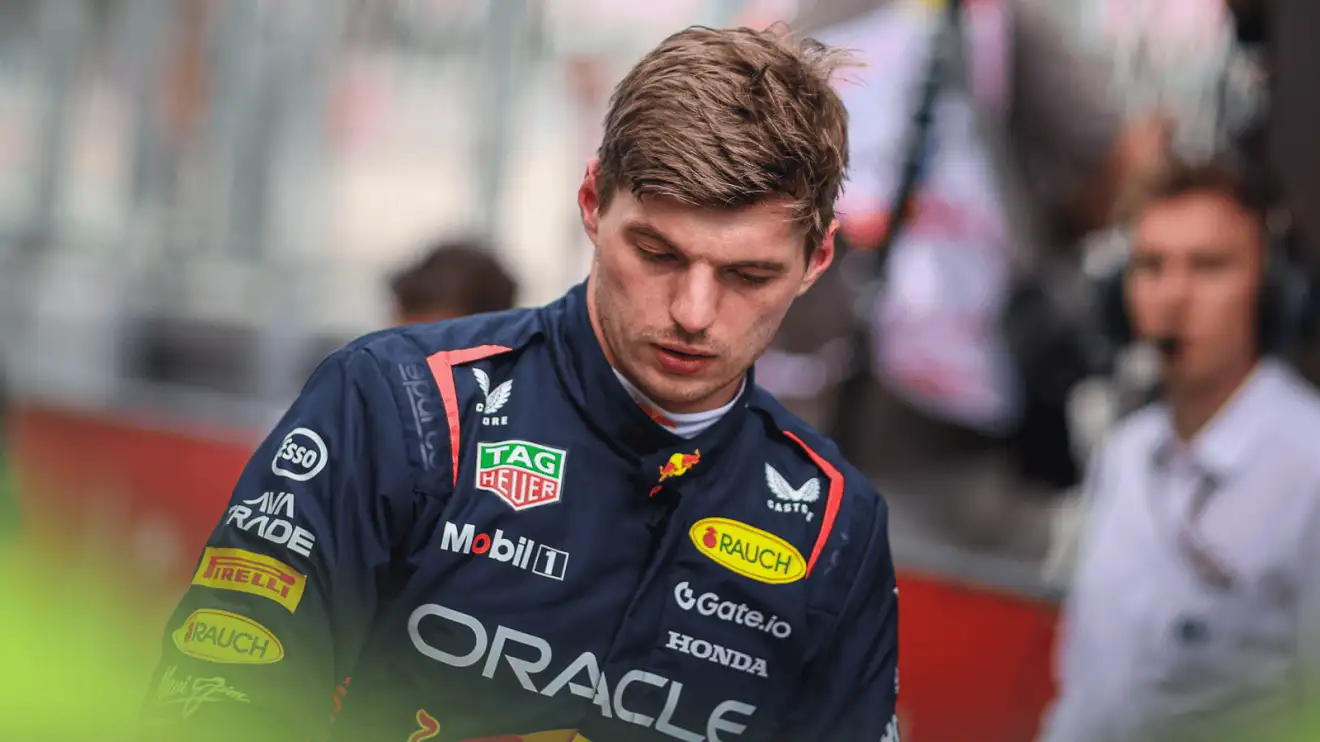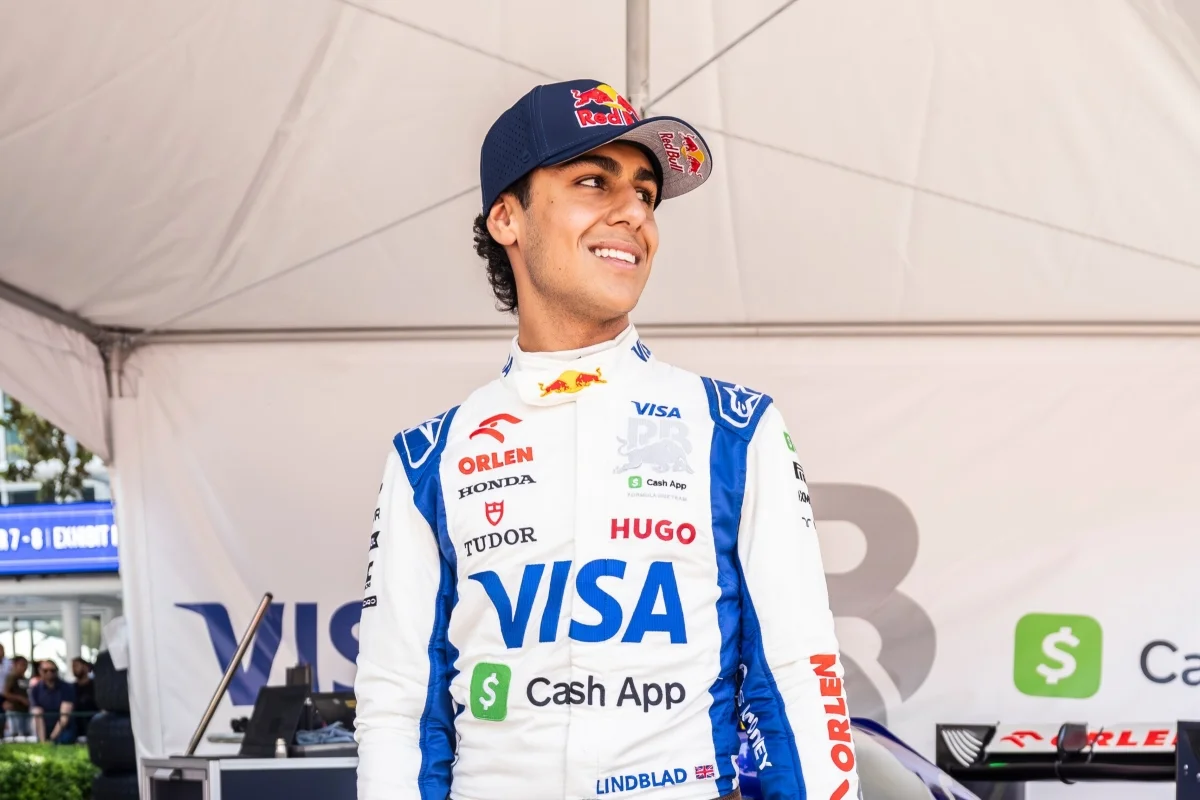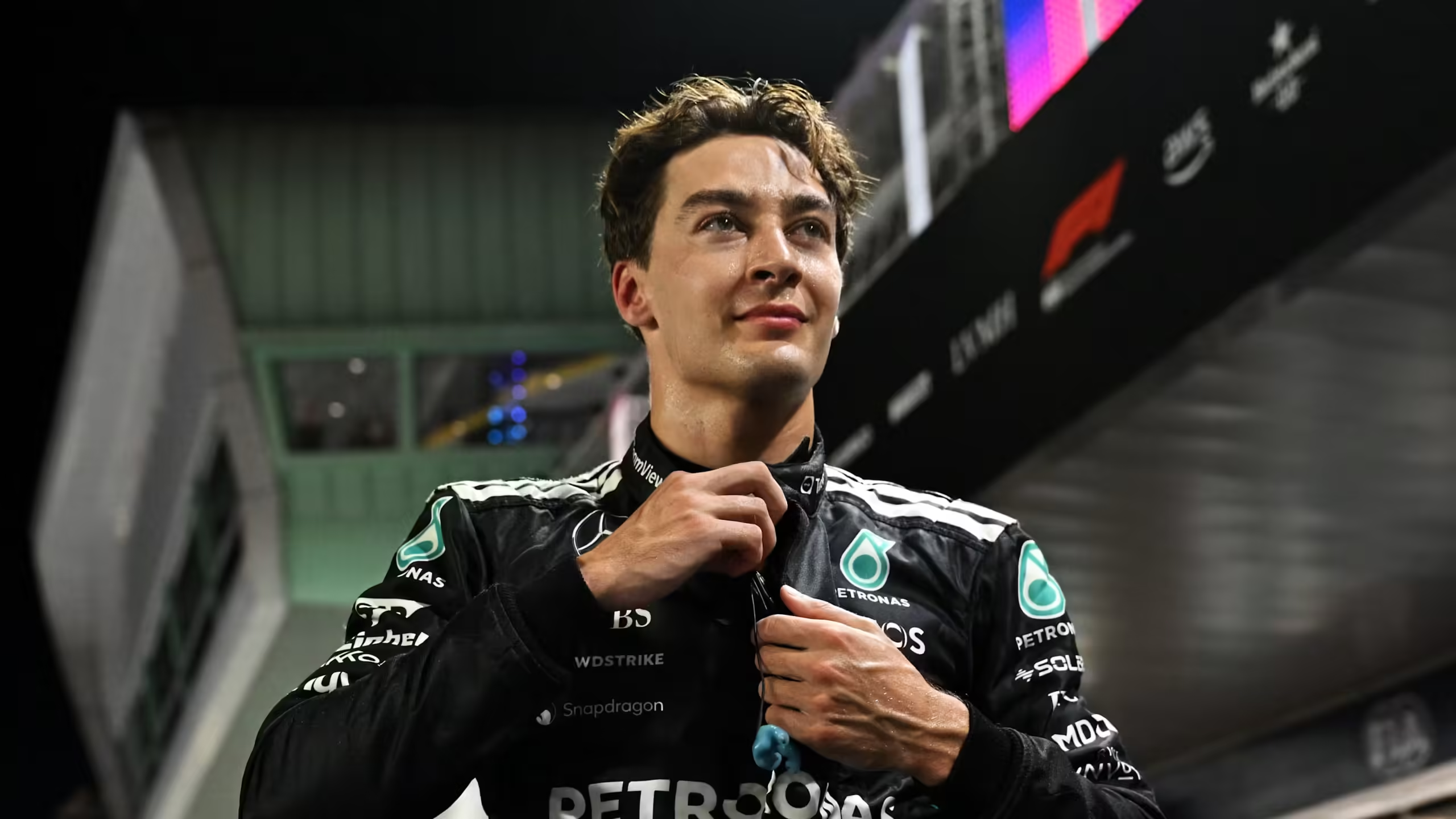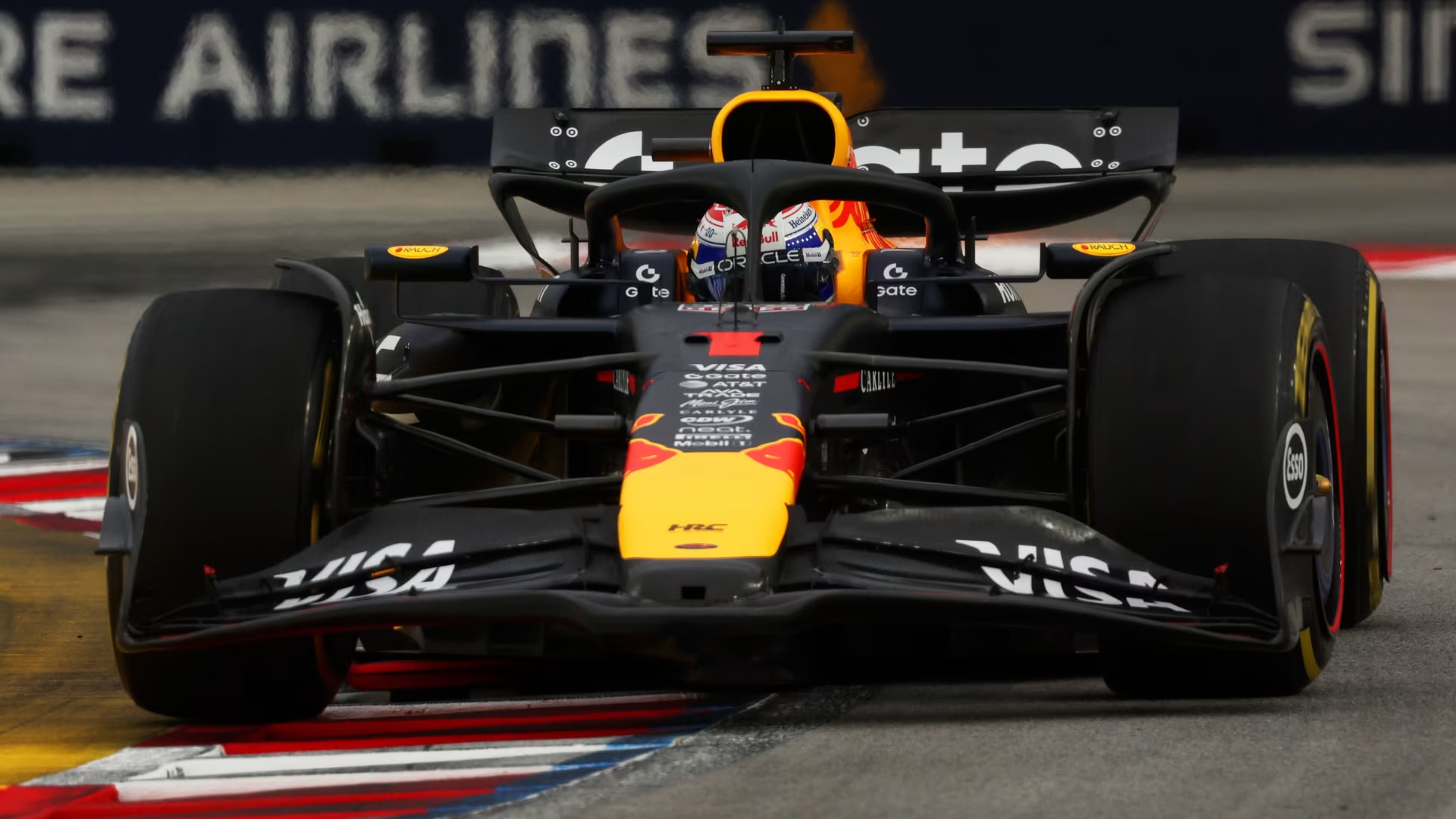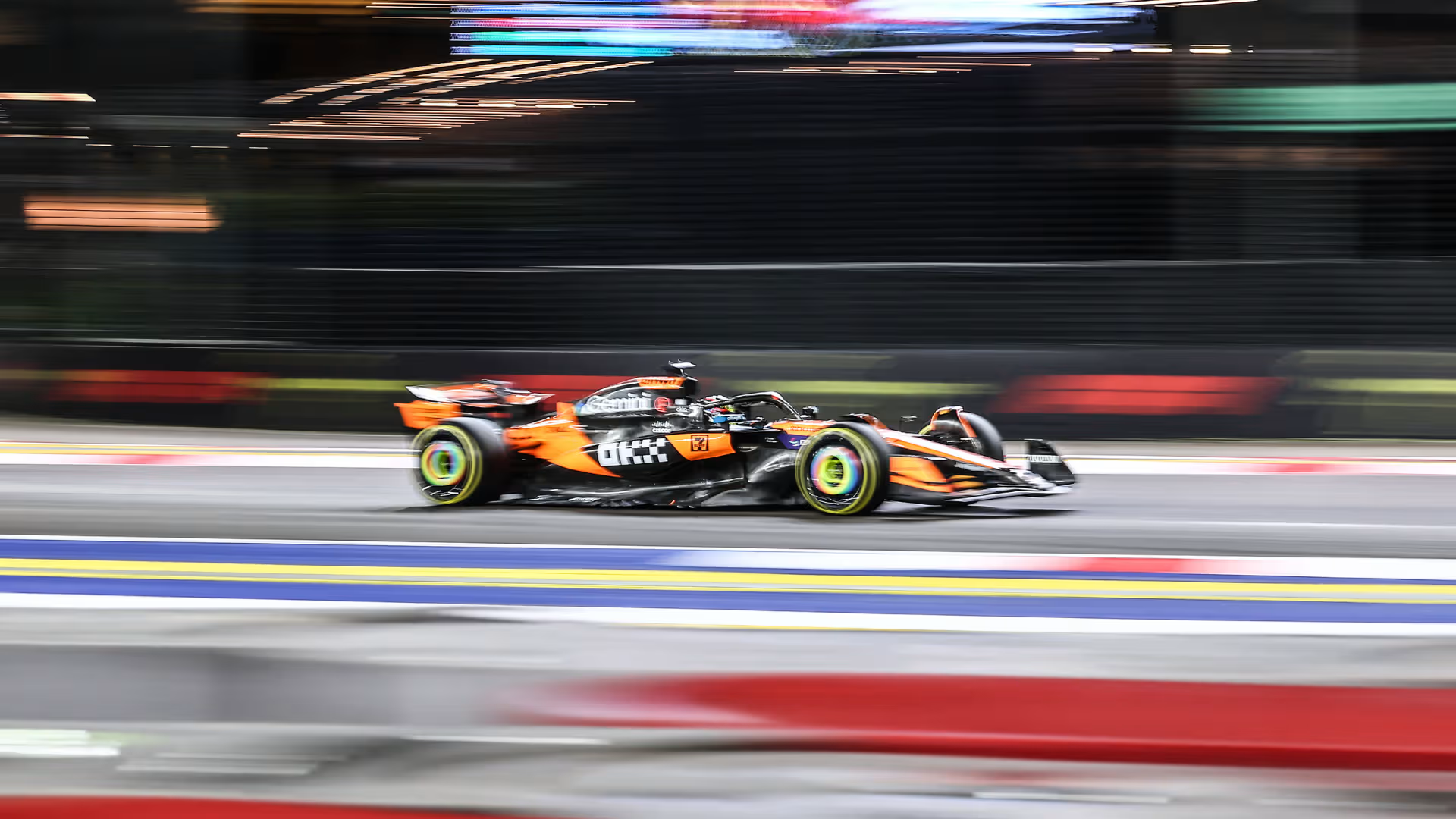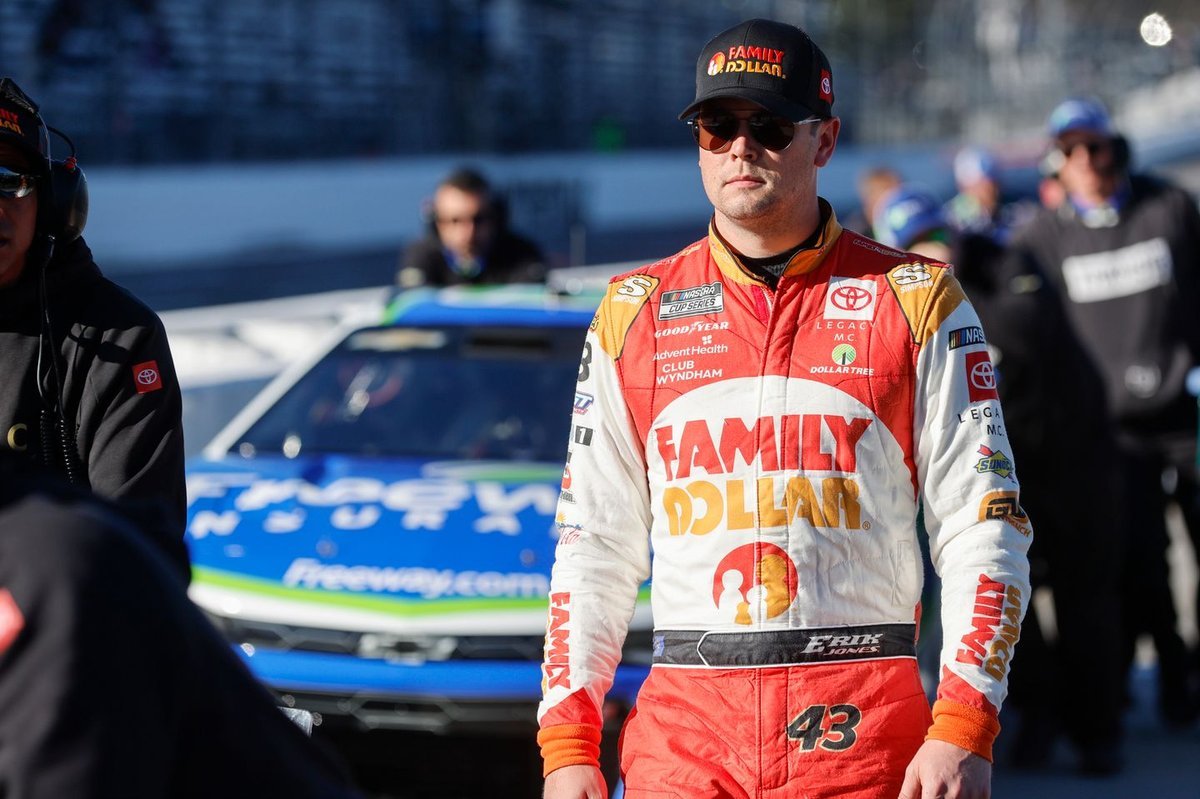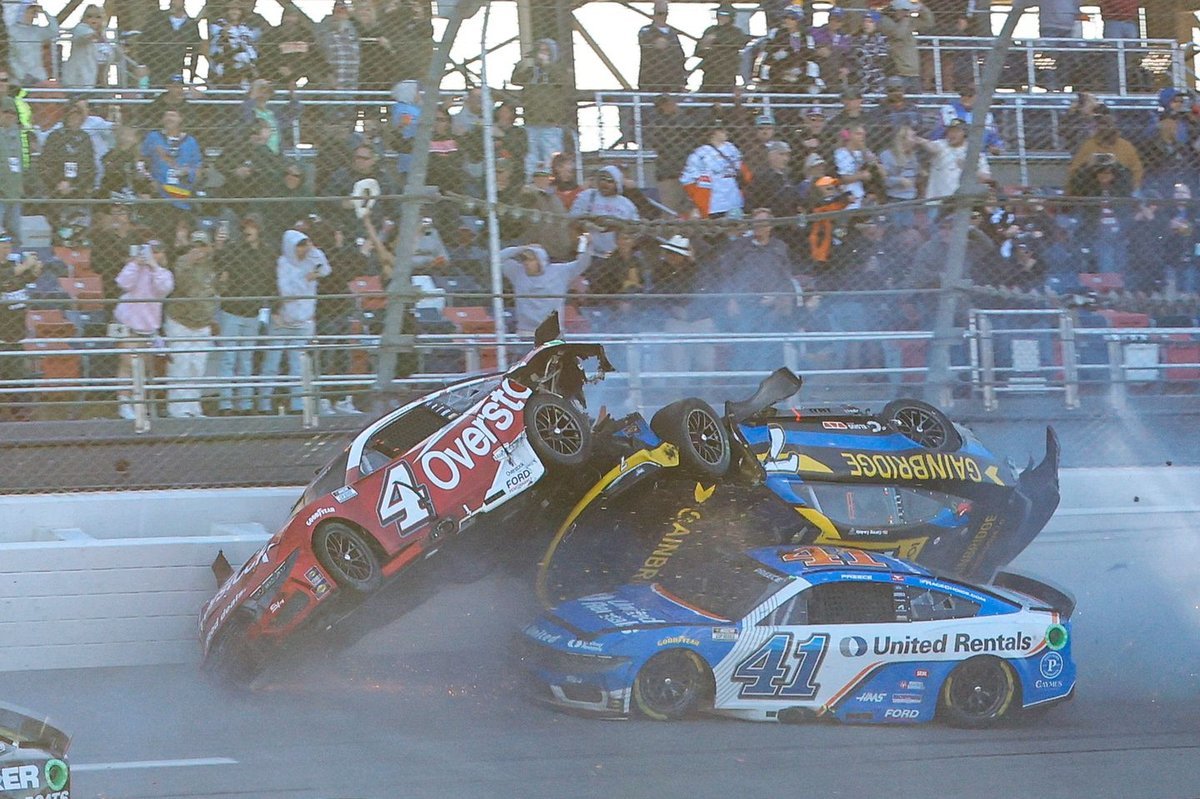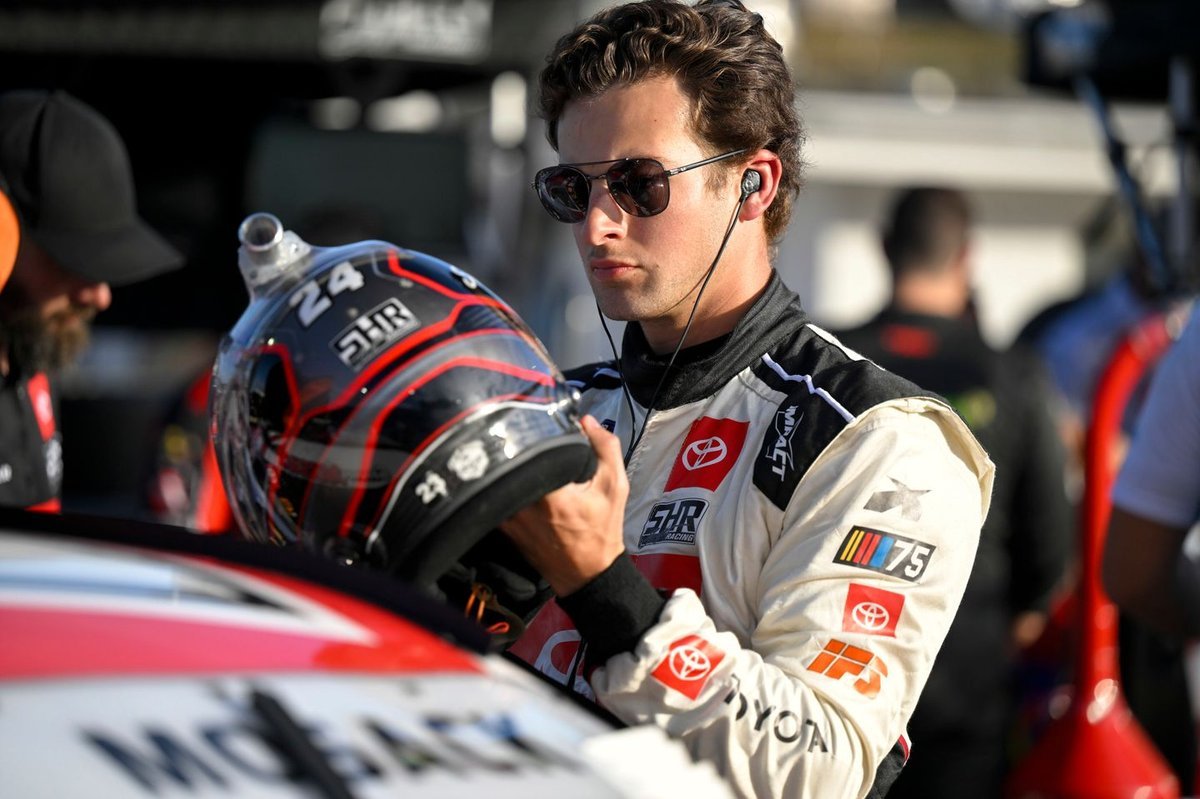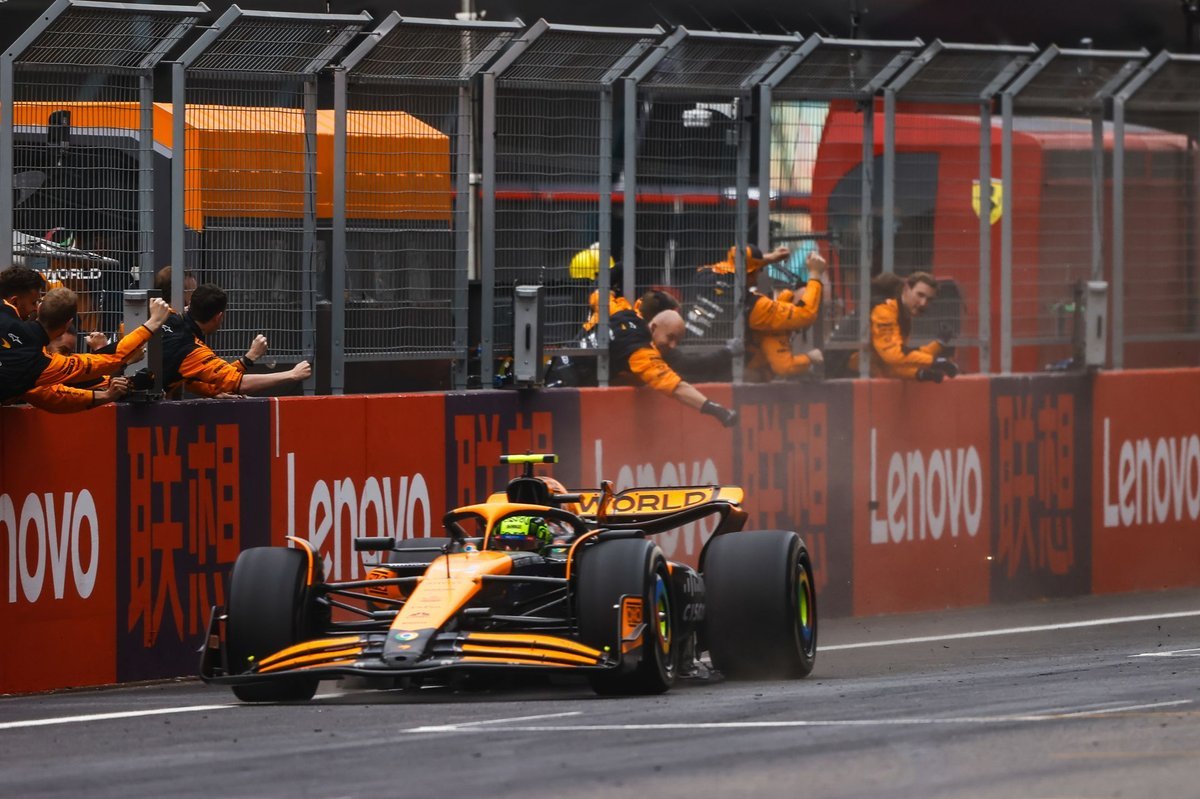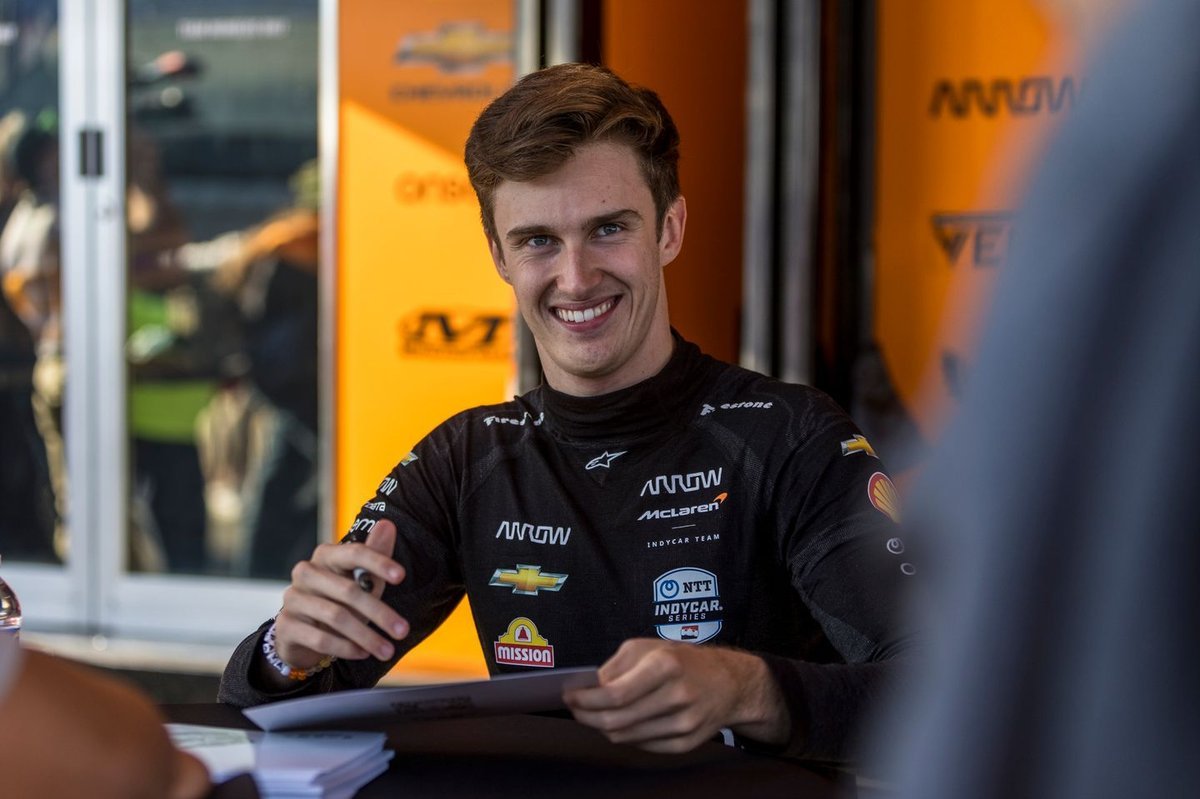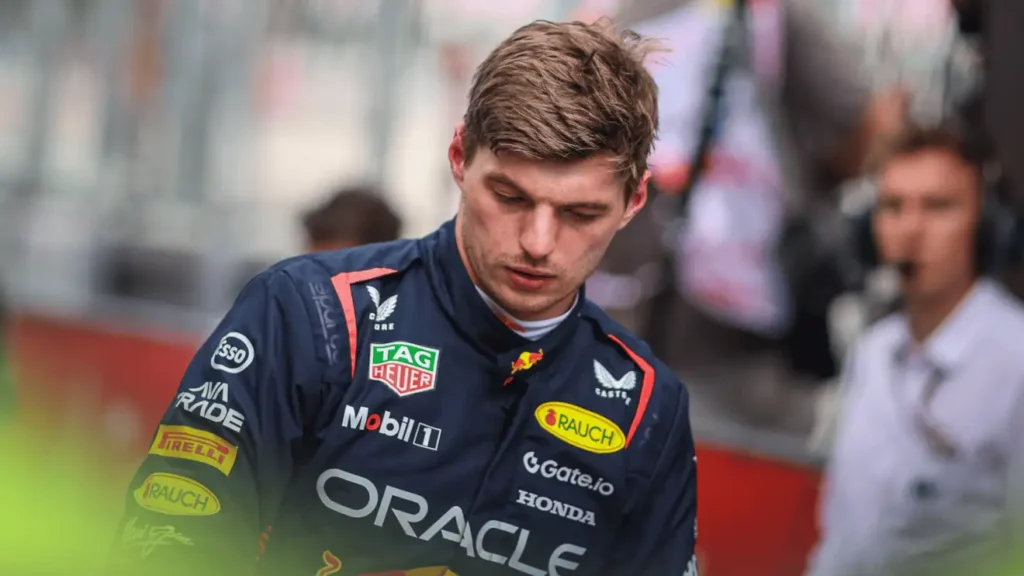
Mika Hakkinen reacts to Max Verstappen’s passive tire decision in Spain, questioning his awareness during the ‘Spanish Grand Prix’.
Introduction
Max Verstappen is known for his fiery spirit, sharp instincts, and take-no-prisoners approach on the Formula 1 grid. So when the reigning champion appeared uncharacteristically passive during a key moment at the Spanish Grand Prix, eyebrows across the paddock were understandably raised. Among those surprised? None other than two-time world champion Mika Hakkinen, who admitted he was “very surprised” by Verstappen’s seemingly laid-back response to Red Bull’s puzzling tyre call.
Was this a rare off-day for Max, or a sign of deeper confusion within the Red Bull camp? Let’s take a lap through everything that happened—and why it has the F1 world buzzing.
Table of Contents
| Sr# | Headings |
|---|---|
| 1. | The Scene at the Spanish Grand Prix |
| 2. | Max’s Push Before the Safety Car |
| 3. | The Safety Car That Changed Everything |
| 4. | Verstappen’s Radio Message |
| 5. | The Controversial Hard Tyre Call |
| 6. | Mika Hakkinen’s ‘Very Surprised’ Reaction |
| 7. | Why the Hard Tyres Didn’t Work |
| 8. | The Clash with George Russell |
| 9. | Verstappen’s Rare Admission of Fault |
| 10. | Christian Horner Breaks Down the Strategy |
| 11. | Was Red Bull’s Strategy Actually Logical? |
| 12. | How F1 Tyre Allocations Work |
| 13. | Should Verstappen Have Known Better? |
| 14. | What This Means for the Championship |
| 15. | Lessons from Barcelona Moving Forward |
The Scene at the Spanish Grand Prix
The 2025 Spanish Grand Prix was anything but predictable. McLaren were flying high with Oscar Piastri and Lando Norris showing blistering pace, while Verstappen had to dig deep and lean on strategy rather than outright speed. The result? A thrilling strategic battle that left fans glued to their screens.
Max’s Push Before the Safety Car
Up until Lap 60, Verstappen was still very much in the hunt. Red Bull’s bold three-stop strategy was helping him keep pace with the McLarens. But that slim chance at a podium turned into a gamble when Andrea Kimi Antonelli’s Mercedes came to a halt, triggering the safety car.
The Safety Car That Changed Everything
With just six laps remaining and the field bunched up, teams had one last opportunity to make a move. For Max, that meant a shot at soft tyres or sticking with older compounds. But as it turned out, only one set of tyres was left—hard tyres—and that’s where things took a strange turn.
Verstappen’s Radio Message
Max immediately got on the radio, asking for “fresh tyres.” He sounded hopeful, even energized. But the response he got clearly took him by surprise. Red Bull had fitted the hard compound, and Verstappen didn’t hide his confusion: “Hard? Why the hard?!” he exclaimed.
The Controversial Hard Tyre Call
No other driver on the grid touched the hard tyre during the entire 66-lap race. That alone speaks volumes. Drivers had been complaining all weekend about how difficult it was to bring the hards up to temperature. So why did Red Bull take such a huge risk?
Mika Hakkinen’s ‘Very Surprised’ Reaction
F1 veteran Mika Hakkinen couldn’t believe what he saw. Appearing on a podcast, the Finnish legend said, “Normally a driver knows what tyres he has left. I was very surprised when Max asked why the hards were fitted.” For someone of Verstappen’s calibre, Hakkinen found this lack of awareness puzzling.
Why the Hard Tyres Didn’t Work
If soft tyres are like sneakers, and mediums are your everyday shoes, then hards are like hiking boots—great once they’re broken in, but awful if you’re in a sprint. Verstappen didn’t have time to get them up to temperature, and as Hakkinen predicted, he lacked grip and pace immediately.
The Clash with George Russell
Frustration boiled over when Verstappen collided with George Russell at Turn 5. Many saw the move as aggressive—maybe even deliberate. The stewards thought so too, slapping Max with a 10-second penalty and three penalty points, dragging him from 5th to 10th in the standings.
Verstappen’s Rare Admission of Fault
Initially defiant, Verstappen later admitted the move on Russell “was not right and shouldn’t have happened.” It’s rare to hear the Dutchman backtrack like this, but the gravity of the incident—and the penalty points—seems to have struck a chord.
Christian Horner Breaks Down the Strategy
Christian Horner didn’t dodge responsibility. In a detailed post-race explanation, he stood by the decision, noting that the safety car “came at the worst possible time.” Red Bull could either stay out on used softs or gamble with new hards. In Horner’s words, “Hindsight is always 20/20.”
Was Red Bull’s Strategy Actually Logical?
From a data perspective, Red Bull’s call made some sense. Fresh tyres, even hard ones, could theoretically offer more grip than worn-out softs. But in reality, the lack of tyre temperature nullified that advantage. It was a gamble that didn’t pay off—and it may have cost Verstappen a podium.
How F1 Tyre Allocations Work
Each team gets a limited set of tyres per weekend—13 sets, spread across softs, mediums, and hards. Once you’ve used them, they’re gone. Managing that tyre allocation is as strategic as any pit stop. Verstappen’s only remaining fresh set was hards. The issue? Everyone knew they were poor all weekend.
Should Verstappen Have Known Better?
This is where Hakkinen’s point really hits home. Drivers at Max’s level usually have an eagle-eye view of tyre strategy. Was it a mental lapse? A breakdown in communication? Or did he simply trust the team too much in the moment?
What This Means for the Championship
Dropping from 5th to 10th means Verstappen lost out on valuable championship points. In a season where McLaren and even Mercedes are closing the gap, small slip-ups like this could have big consequences later on.
Lessons from Barcelona Moving Forward
Barcelona was a wake-up call for Red Bull and Verstappen. Communication must improve. Strategy decisions need to be bulletproof. And Verstappen—ever the fierce competitor—may just return with an extra chip on his shoulder at the next race.
Conclusion
Max Verstappen’s Spanish GP wasn’t just another chapter in his dominant career—it was a cautionary tale. For once, he looked out of sync, caught off-guard by a team decision that cost him dearly. When someone like Mika Hakkinen raises an eyebrow, it means the F1 world is paying close attention. Max may have been passive this time, but don’t expect it to happen again.
FAQs
1. Why did Red Bull choose hard tyres for Max Verstappen during the Spanish GP?
Red Bull had no other fresh tyres left except hards. They chose them hoping for grip advantage, but struggled to bring them up to temperature.
2. What did Mika Hakkinen say about Verstappen’s tyre confusion?
Hakkinen said he was “very surprised” that Max didn’t know which tyres he had left, something top-level drivers usually track closely.
3. Did Max Verstappen accept responsibility for the Russell incident?
Yes, Verstappen later admitted the move “was not right,” although he initially defended it after the race.
4. How did the hard tyre choice affect Verstappen’s race?
It killed his momentum. He lost grip, dropped back, and eventually got involved in a clash that led to penalties.
5. Could Max Verstappen face a race ban soon?
Yes, he’s now close to the penalty point limit. One more serious infraction could trigger a one-race suspension.

